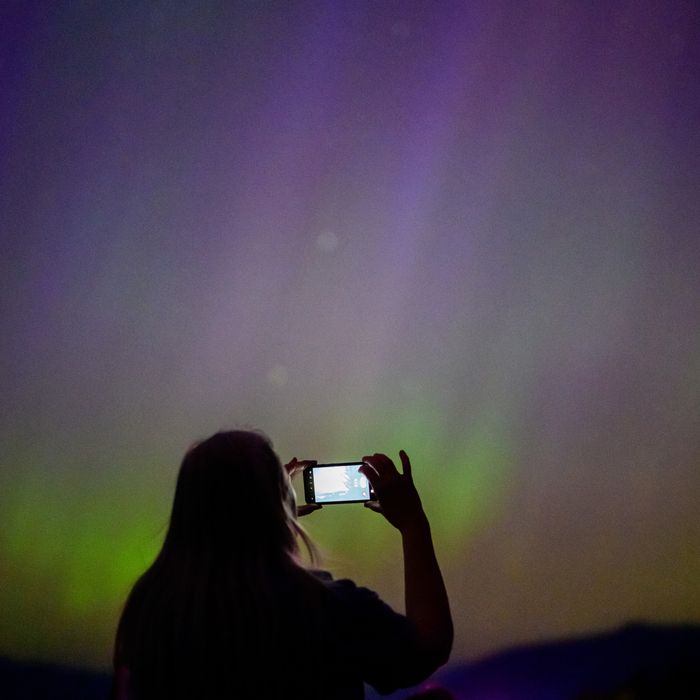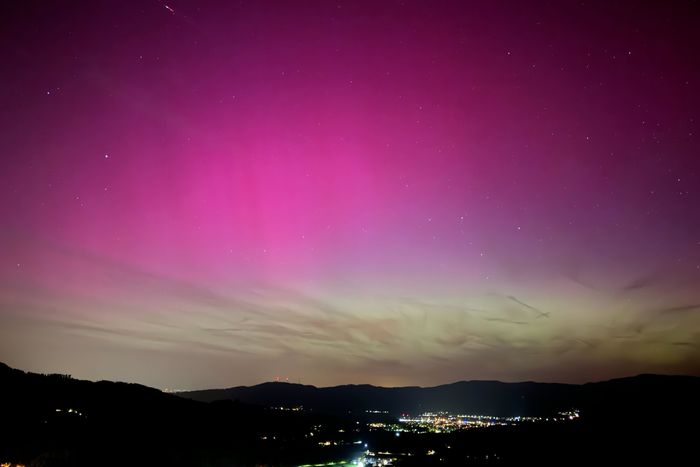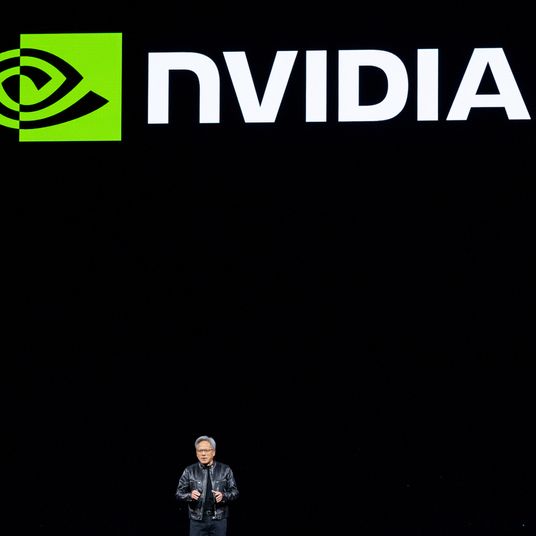
The strongest geomagnetic storm in more than 20 years hit the earth on Friday. The storm, which followed a series of large solar flares and coronal mass ejections in recent days, was less intense on Saturday night, but the storm activity ticked back again on Sunday. The historic storm has given much of the U.S. a rare opportunity to view the northern lights (aurora borealis) — the second rare sun-related must-see event in the U.S. this spring after the awesome total solar eclipse last month. Below is a quick look at the storm, its impact, and what to expect for the rest of the weekend.
.
Where can you see the northern lights on Sunday night?
The NOAA Space Weather Prediction Center now says the storm will reach a strong G3 intensity overnight Sunday, which means the aurora won’t be visible in as much of the U.S. as it was on Friday, but it still might be worth looking up for people in much of the northern half of the country.
In some locations, the color or colors may appear very faint to the naked eye, but show up better through your smartphone camera. And depending on where you are, you will also need to know where in the sky to look — if you are farther south, it may only appear as a colored band on, or a little above, the northern horizon.
Explains the Washington Post:
After predicting geomagnetic storms of level G4 or G5 — the most intense rating — on Sunday morning, NOAA downgraded the forecast to G3, meaning less likelihood for a repeat of Friday night, when storms brought aurora sightings down to Florida and Mexico. Activity is expected to wane by the pre-dawn hours of Monday, although storm levels are still predicted to reach moderate (G2) to strong (G3) levels. Auroras could be spotted as far south as Iowa and Washington state with the naked eye, but cameras could capture the dancing lights farther south.
.
What happened on Saturday night?
The aurora borealis was once again visible on Saturday night from some places in the U.S., but the storm wasn’t as intense, so nowhere near as many people could view it as on Friday night.
.
When will the geomagnetic storm end?
On Friday afternoon, the Space Weather Prediction Center announced that a geomagnetic storm with a severity rating of four out of five — the first G4-rated storm since 2005 — began striking the planet. It later announced that the storm had reached G5 strength — the first storm to reach that rating since 2003. The storm-activity levels dropped off overnight Saturday, but may pick up again significantly on Sunday.
The storm is predicted to continue through the weekend and into early next week.
.
What people got to see across the country on Friday night
As predicted, the northern lights were visible from all over the U.S. overnight Friday, and a great many people shared their views of the stunning phenomena on social media:
.
Images of the stunning pink skies in Europe on Friday night
Much of the continent got a real show on Friday night:
.
The southern lights were pretty cool, too
Look at this image a photographer in Tasmania shot:
.
Will the storm disrupt power or cause communication blackouts?
Severe geomagnetic storms can cause problems with power grids and disrupt communications networks, and damage satellites (and spacecraft), but the NOAA doesn’t seem too concerned about significant problems this time around, though it is working with infrastructure operators to monitor and address the impact.
.
What is the cause of this unusual space-weather event?
The NOAA says a large cluster of sunspots has produced multiple large solar flares and coronal mass ejections (CME) since Wednesday, which have shot clouds of plasma and charged particles toward Earth. These CMEs have then merged before they hit the planet, which is why the storm is so big.
This post has been updated.































